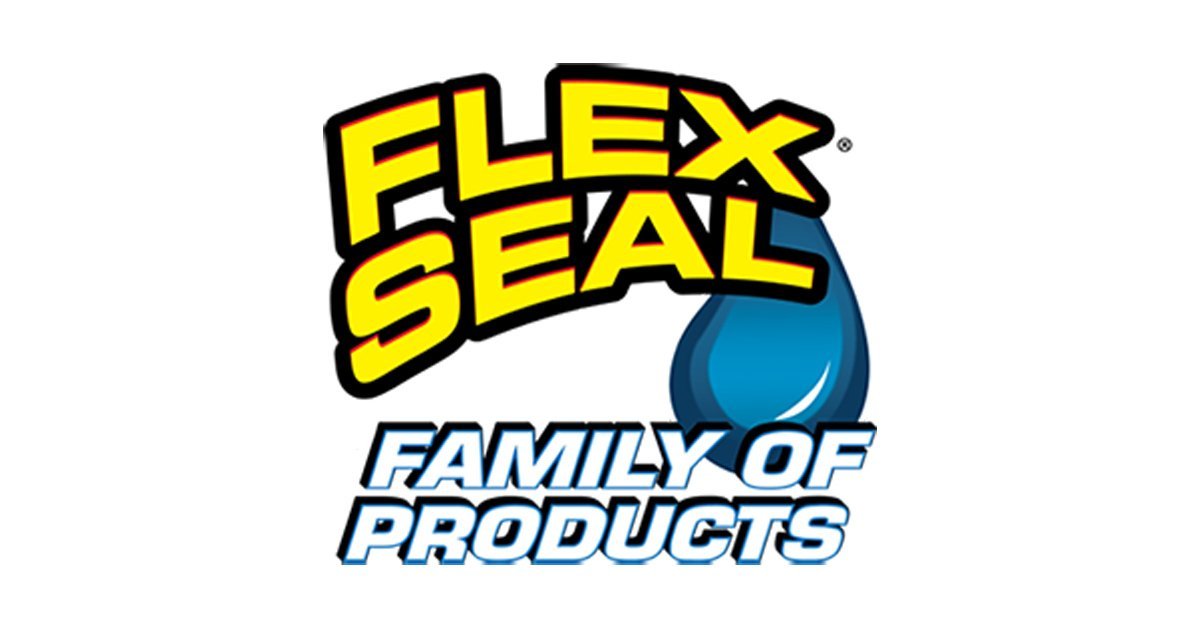Hi everyone--I'm new to RVing and just bought a four-year-old Gulf Stream Vista Cruiser (fiberglass walls and roof).
It appears that the whole thing (except the roof) has been re-sealed with clear silicone. I didn't think anything of it because the RV dealer recommended silicone as a sealant, and because all the trailers we looked at, including the new ones, were sealed with a clear sealant that looked and felt like silicone. Now, though, I'm learning that silicone sealant is a big no-no with RVers.
So I'm curious: were all those new RVs we looked at sealed with silicone, or is it another sealant that looks like silicone but isn't? If it isn't silicone, what is it?
Also: Why do all the RV dealers sell so much silicone sealant if it's that bad?
Also: How concerned do I need to be about the silicone sealant on my trailer? It looks like it's mostly in good shape. Do I need to scrape out all that silicone and re-seal it with something else?
Thanks in advance for your help!
It appears that the whole thing (except the roof) has been re-sealed with clear silicone. I didn't think anything of it because the RV dealer recommended silicone as a sealant, and because all the trailers we looked at, including the new ones, were sealed with a clear sealant that looked and felt like silicone. Now, though, I'm learning that silicone sealant is a big no-no with RVers.
So I'm curious: were all those new RVs we looked at sealed with silicone, or is it another sealant that looks like silicone but isn't? If it isn't silicone, what is it?
Also: Why do all the RV dealers sell so much silicone sealant if it's that bad?
Also: How concerned do I need to be about the silicone sealant on my trailer? It looks like it's mostly in good shape. Do I need to scrape out all that silicone and re-seal it with something else?
Thanks in advance for your help!

